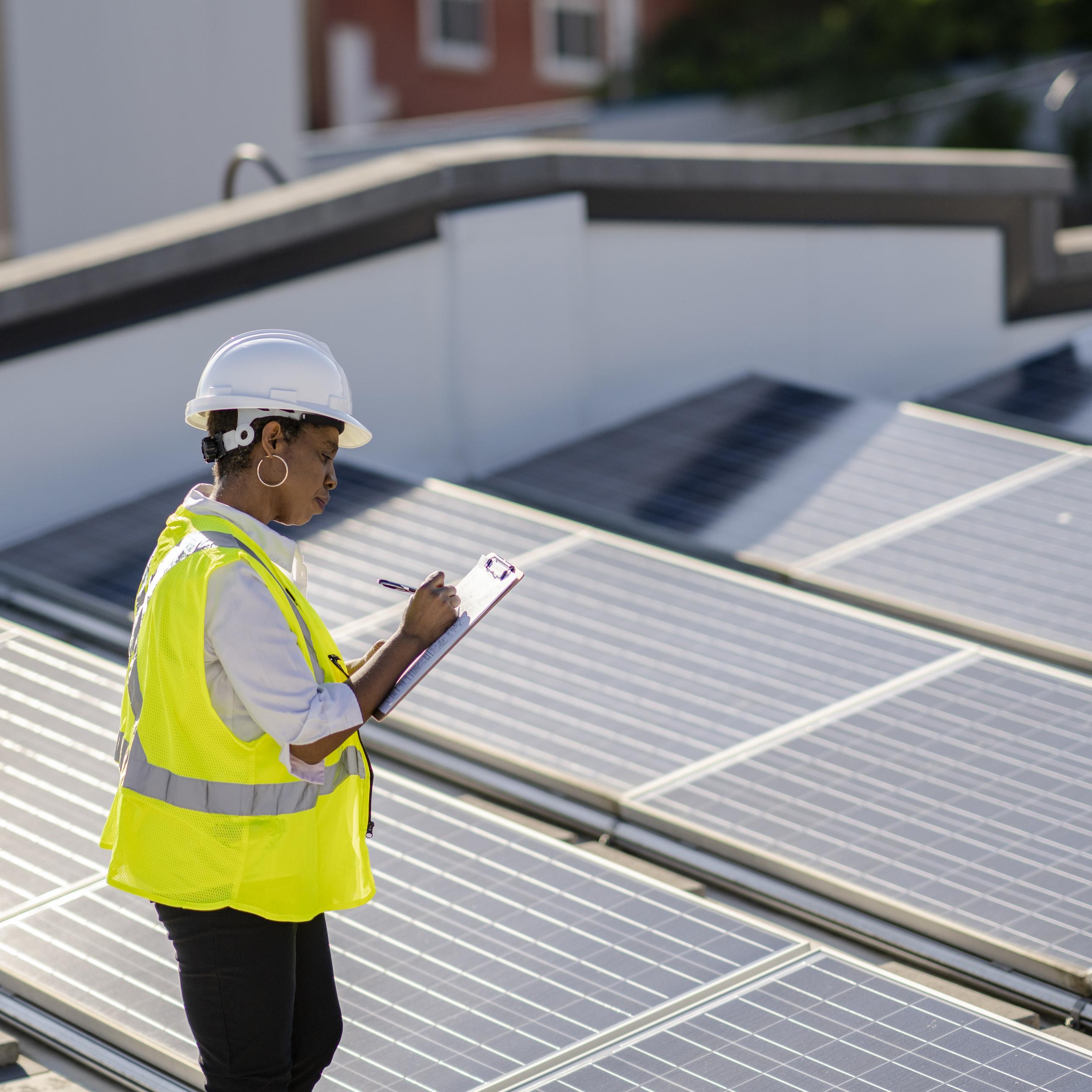Industries
Industries
Our wealth of industry-specific expertise and global network of contacts gives us a thorough understanding of the current market trends and issues that affect you.
Conferences
Conferences
BMO Capital Markets hosts a variety of conferences each year that bring together institutional investors with corporate or government entities that need capital.
Careers
Careers
Whether you’re just starting out in your career or bring executive-level experience, we offer an entrepreneurial, fast-paced, dynamic and collaborative working environment.
Services
Services
We cover the whole balance sheet, from foreign exchange, trade finance and treasury management to corporate lending, securitization, public and private debt and equity underwriting.
About Us
33
2700
About Us
BMO Capital Markets is a leading, full-service North American-based financial services provider. We offer corporate and investment banking, treasury management, as well as research and advisory services to clients around the world.
Culture
Culture
At BMO Capital Markets, we are committed to fulfilling our responsibilities to our clients, our employees and the communities in which we operate.
















